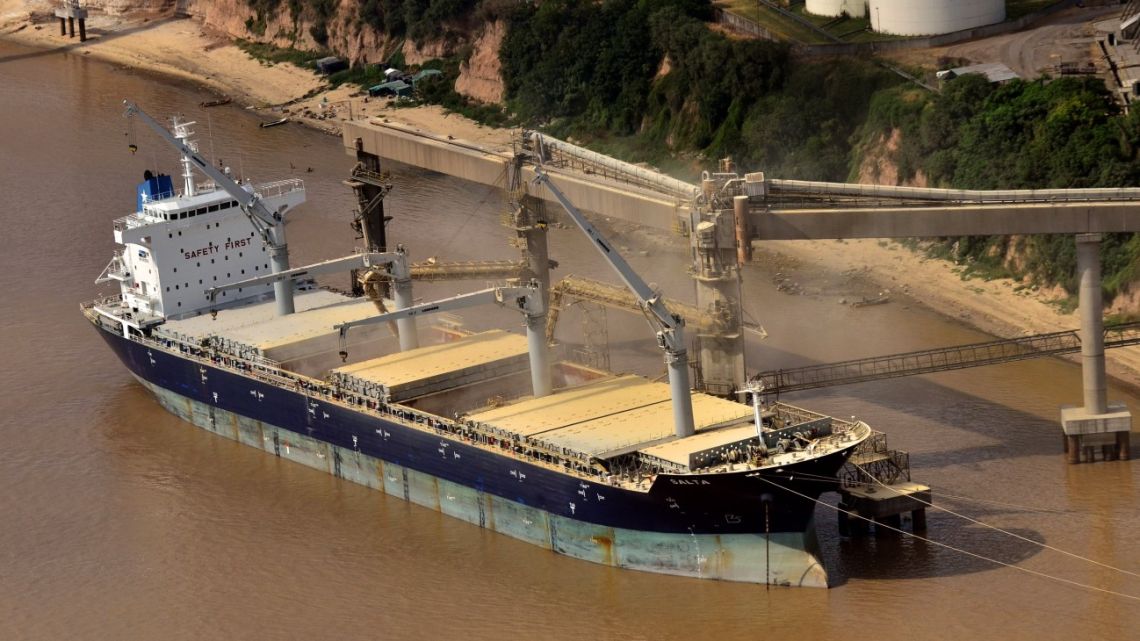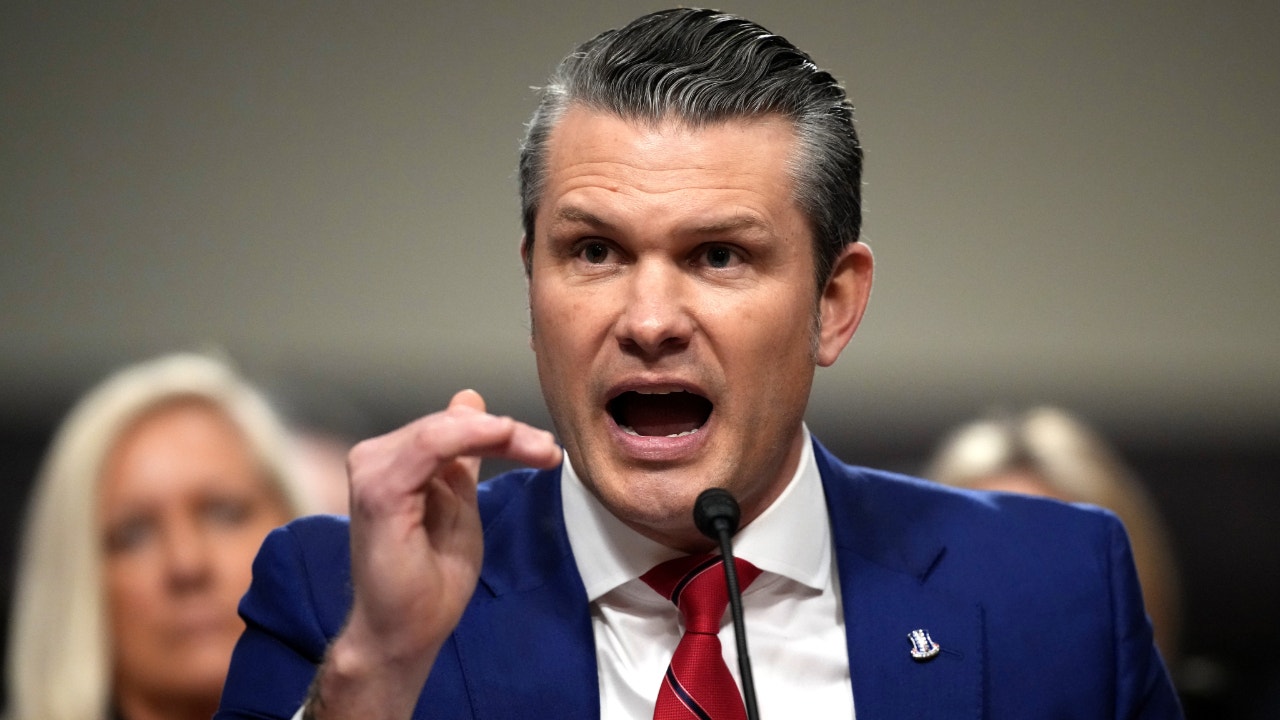Recent reports from Coinbase and U.Today highlight growing interest in Bitcoin as a strategic reserve asset. Countries and central banks are exploring the possibility of holding Bitcoin alongside traditional reserves.
This shift marks a significant change in global economic thinking. Donald Trump’s proposal for a U.S. Bitcoin reserve has sparked worldwide attention. Several nations are now considering similar moves.
Brazil, Russia, and Poland have shown particular interest in creating their own Bitcoin reserves. This trend could reshape the global financial landscape.
David Duong, Head of Institutional Research at Coinbase, sees this as a potential game-changer. He believes Bitcoin reserves could be a major catalyst for the crypto market in 2025.
The idea is gaining traction among both governments and corporations. MicroStrategy leads the corporate charge with its substantial Bitcoin holdings. The company now owns about 450,000 Bitcoin, valued at $43 billion.
 Bitcoin Reserves Gain Traction as Global Economic Strategy. Photo Internet reproduction)
Bitcoin Reserves Gain Traction as Global Economic Strategy. Photo Internet reproduction)Other major firms like Microsoft and Amazon are also exploring Bitcoin investments. This corporate interest further legitimizes Bitcoin as a reserve asset. The launch of Bitcoin ETFs in the U.S. has boosted institutional adoption.
Bitcoin’s Growing Influence in Global Finance
These funds have accumulated $106.8 billion in assets under management. This success outpaces even gold ETFs in their early years. It demonstrates growing mainstream acceptance of Bitcoin.
However, critics raise concerns about Bitcoin’s volatility and its impact on traditional finance. Some economists worry that large-scale Bitcoin adoption could destabilize national currencies.
They question its suitability as a reserve asset due to price fluctuations. Despite these concerns, momentum for Bitcoin reserves continues to build. Oklahoma has introduced a bill to allow state pension funds to invest in Bitcoin.
In addition, this move aligns with a broader trend of state-level crypto initiatives across the U.S. The global interest in Bitcoin reserves reflects changing attitudes towards digital assets.
It signals a potential shift in how governments and institutions view money and value storage. As more countries explore this option, the global economic landscape may undergo significant transformation.

 By The Rio Times | Created at 2025-01-17 09:16:03 | Updated at 2025-01-21 06:08:46
3 days ago
By The Rio Times | Created at 2025-01-17 09:16:03 | Updated at 2025-01-21 06:08:46
3 days ago








